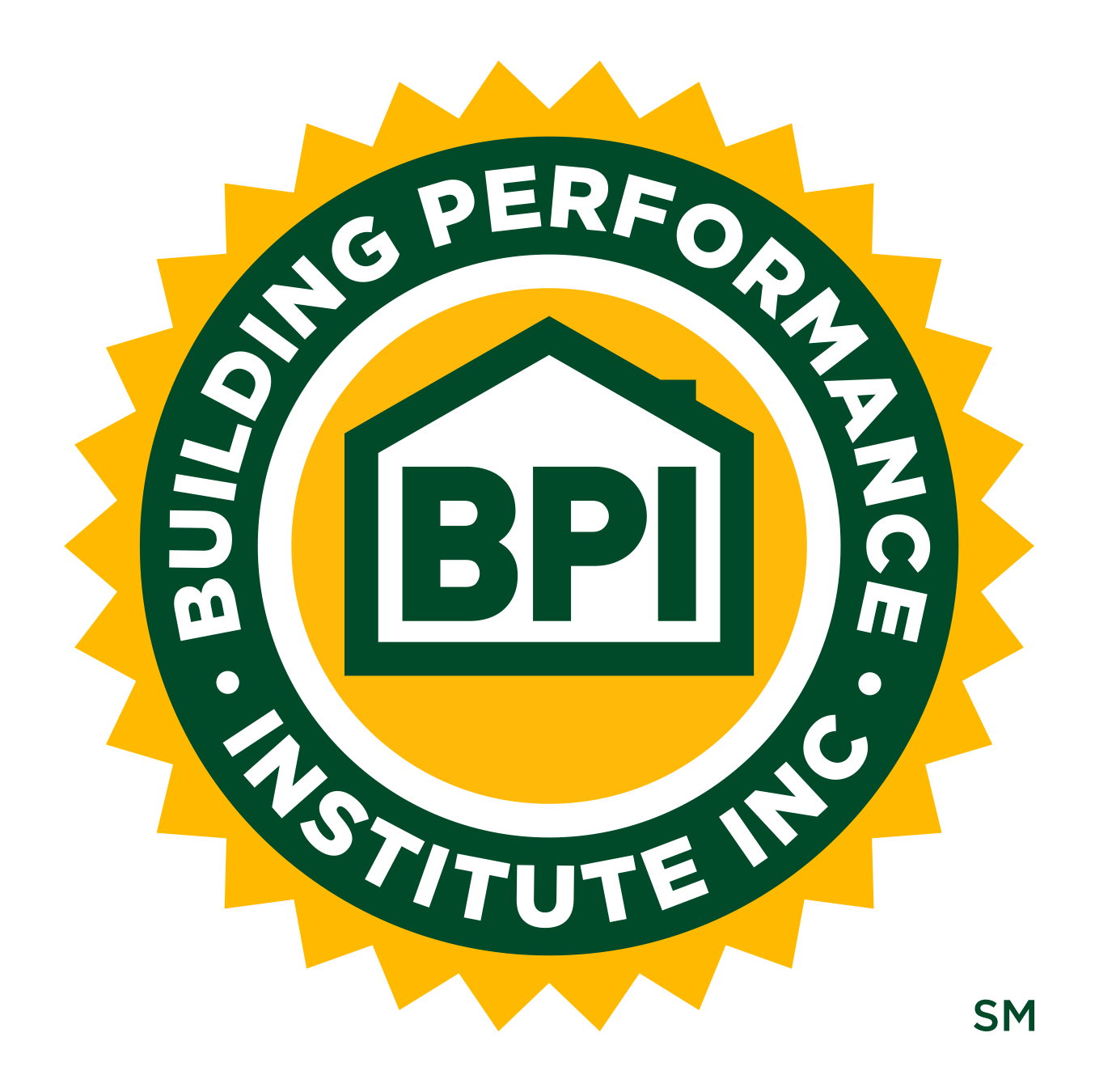BPI News
10 Things to Know About the Inflation Reduction Act
SARATOGA SPRINGS NY - On August 24th Building Performance Institute (BPI) released the following article as part of the monthly newsletter Performance Matters. We will continue to update stakeholders as these exciting developments unfold.
Earlier this month BPI, along with the rest of the nation, was stunned by a sudden Senate deal to pass the Inflation Reduction Act and take major federal climate action for the first time. This week we are celebrating its passage into law and learning more about what it will mean for our customers and our industry. Here's what we've learned so far:
1. Energy security is a top priority of the IRA. It takes major steps toward decarbonizing all sectors of the economy, including reducing building emissions and lowering energy costs for ordinary Americans.
2. It takes a multi-pronged approach to reducing energy costs, with tax credits and rebates for energy efficiency upgrades to commercial and residential buildings, funding to help States adopt updated building energy codes, and support for energy and water efficiency upgrades in affordable housing.
3. The 25C Tax Credit will support a wide array of measures to encourage energy efficiency updates in existing homes. These will include energy audits, air sealing and insulation, heat pumps and heat pump water heaters, electric panel upgrades, energy-efficient HVAC systems, and energy-efficient windows and doors.
4. The 45L Tax Credit will provide substantial credits for new energy efficient homes. Multifamily buildings will be included, with rebates similar to single family homes when energy savings targets are achieved. As with all tax credits, the 25C and 45L are directed mainly toward middle-income and higher taxpayers.
5. Low and moderate income families, who usually do not benefit from tax credits, are targeted through consumer rebate programs that will reduce the purchase price of efficiency products and services. Multifamily buildings can benefit from these rebates when energy savings targets are achieved.
6. The HOMES Rebate program allocates $4.3 billion to state energy offices for consumer rebates for comprehensive home energy retrofits. Up to $4,000 will be available for whole-house retrofits, with this amount doubled to $8,000 for moderate income households (up to 80% of median).
7. The High-Efficiency Electric Home Rebate Program allocates $4.5 billion to state energy offices for the efficient electrification of low- and moderate-income households (up to 150% of median) with a maximum rebate of $14,000. Households can make use of rebates from both programs, though they cannot use both to fund the same project.
8. Funding for workforce training is included. $200 Million is allocated for training for contractors involved in installation of home energy efficiency and electrification improvements. Funding is allocated through state-based training grants, through the year 2031.
9. Frontline communities are included. By directing doubled funding toward low and middle income households, including multi-family buildings, and making carefully directed investments in workforce development, the IRA aims to direct significant benefits toward historically underrepresented communities.
10. We are here to help. The Inflation Reduction Act will mean more customers and more demand for your services, more staff, and a need to scale your business rapidly. At BPI we are excited to help you meet the challenge of growth.
Exactly how the Inflation Reduction Act will be implemented is still being decided. Our focus right now is helping your business prepare to take advantage of the rebates and tax credits, and on increasing the pipeline of highly qualified workers in the industry. We will keep you abreast on changes as more becomes known!

